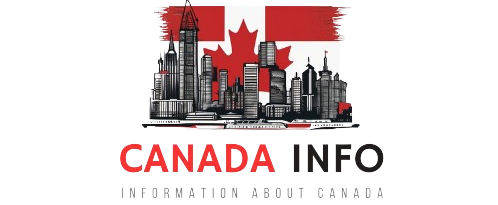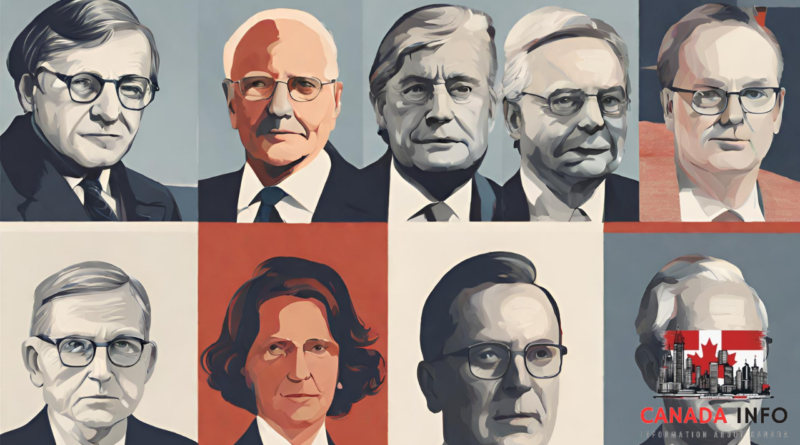Evolution of Government and Politics in Canada Throughout the Ages
Canada’s governmental structure has evolved significantly over time, reflecting its diverse history and changing societal needs. Understanding the history of Canada’s government requires examining key events and developments that have shaped its governance system. From the early colonial period to the present day, Canada’s government has undergone notable transformations, leading to the establishment of a complex system that operates on multiple levels.
The Three Levels of Government in Canada:
Canada operates under a federal system of government, which means power is divided between the federal government and provincial/territorial governments. Additionally, there are municipal or local governments that operate at the community level. These three levels of government play distinct roles in governing the country and are responsible for different aspects of public administration.
Federal Government:
- The federal government, located in Ottawa, is responsible for national matters that affect all Canadians, such as national defense, foreign affairs, and immigration.
- It consists of three branches: the executive, legislative, and judicial branches, which ensure a system of checks and balances.
- The Prime Minister, elected by the House of Commons, leads the federal government and is responsible for appointing cabinet ministers.
Provincial and Territorial Governments:
Canada is divided into ten provinces and three territories, each with its own government responsible for matters within its jurisdiction, such as healthcare, education, and transportation.
Provincial and territorial governments have the authority to pass laws and regulations that apply within their borders, but they must operate within the framework of federal law.
Municipal or Local Governments:

- Municipal governments are responsible for governing cities, towns, and municipalities. They oversee services like garbage collection, water supply, and local transportation.
- Municipalities have their own elected councils and mayors who make decisions on behalf of their communities.
Formation of Government in Canada:
The formation of government in Canada typically follows a general election, where Canadians vote for representatives at the federal, provincial, and municipal levels. The political party or coalition that wins the majority of seats in the legislative body forms the government.
In the federal government, the leader of the winning party becomes the Prime Minister and selects individuals to serve as cabinet ministers. These ministers are responsible for overseeing specific government departments and implementing policies.
Similarly, at the provincial/territorial and municipal levels, the party or coalition with the most seats forms the government, with the leader becoming the Premier (for provinces/territories) or the Mayor (for municipalities).
Key Events in the 1850s in Canada:
The 1850s were a significant period in Canadian history, marked by several key events that shaped the country’s political landscape:
Responsible Government: During this decade, the concept of responsible government gained prominence in Canada. This system, which had its roots in Britain, granted elected representatives the power to govern and make decisions on behalf of the people. Responsible government laid the foundation for Canada’s parliamentary democracy and increased political accountability.
The Great Coalition of 1864: Although slightly beyond the 1850s, it’s essential to mention the Great Coalition of 1864, which was a pivotal moment in Canadian politics. Leaders from Canada East (Quebec), Canada West (Ontario), and the Maritimes came together to form a coalition government, with the goal of addressing political deadlock and achieving confederation. This coalition laid the groundwork for the Confederation of Canada in 1867, leading to the formation of the Dominion of Canada.
The Reciprocity Treaty with the United States: In 1854, Canada signed the Reciprocity Treaty with the United States, facilitating trade between the two countries. The treaty, which lasted for ten years, significantly boosted Canada’s economy by increasing exports to the United States, particularly in agricultural products and natural resources. However, the treaty’s expiration in 1866 led to economic challenges for Canada, highlighting the country’s dependence on international trade.
In conclusion, Canada’s government has a rich history characterized by the evolution of its governance system and key events that have shaped its political landscape. Understanding the three levels of government, the formation of government, and significant historical events like those in the 1850s provides valuable insights into Canada’s political development and democratic principles.

